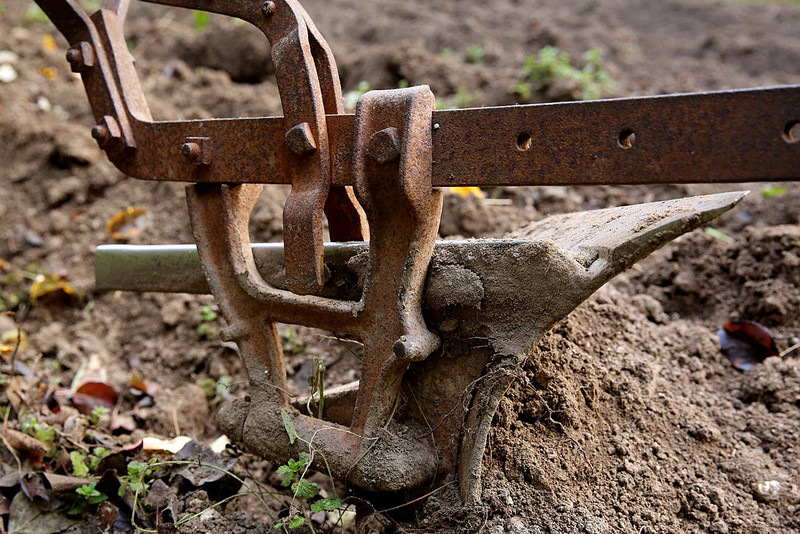The True Cost of Agriculture

How can we correctly calculate agriculture? What are the true costs of our food production? What other roles do farmers play within a society? The organization DIE AGRONAUTEN is addressing exactly these questions in a research project titled “Calculating correctly!” “We want to make environmental and social factors more visible as costs and benefits in financial bookkeeping,” said Christian Hiß, AGRONAUT and President of Regionalwert AG Freiburg.
As Hiß makes clear, “Agriculture is more than food production.” For example, farmers may plant rows of flowers near their fields for bees and other animals, thereby contributing to biodiversity. Or they may maintain a complex composting system that contributes to soil fertility and simultaneously binds carbon dioxide in the soil. These activities appear in normal bookkeeping in terms of general efforts, but not as a service that farms provide to help to maintain natural resources. The approach of the “Calculating correctly!” project is a very different one: it incorporates creation and destruction of resources to create a social-ecological bookkeeping system that provides comprehensive information about the sustainability and development potential of a farm. This type of bookkeeping makes clear that when one includes negative environmental influences, such as the effects of monoculture or over-fertilization, then conventional agriculture is in no way more cost-effective than organic farming.
